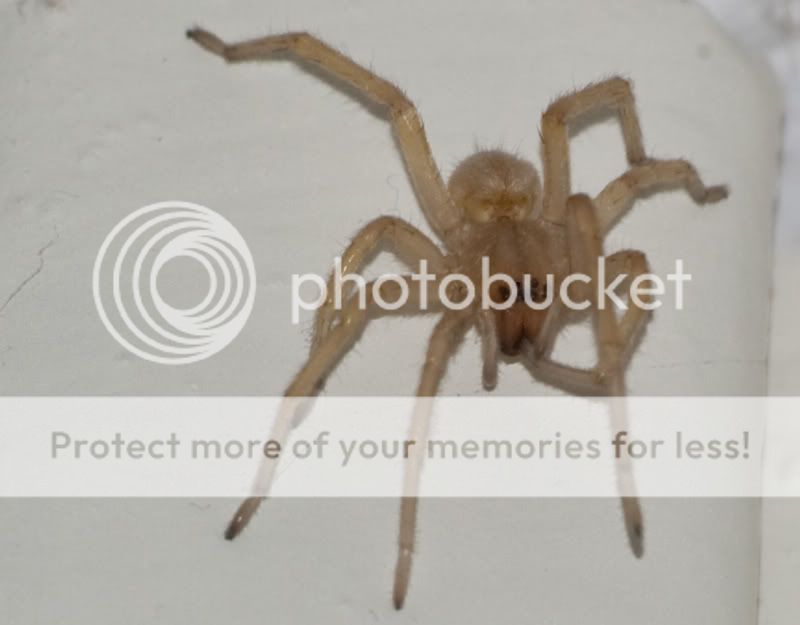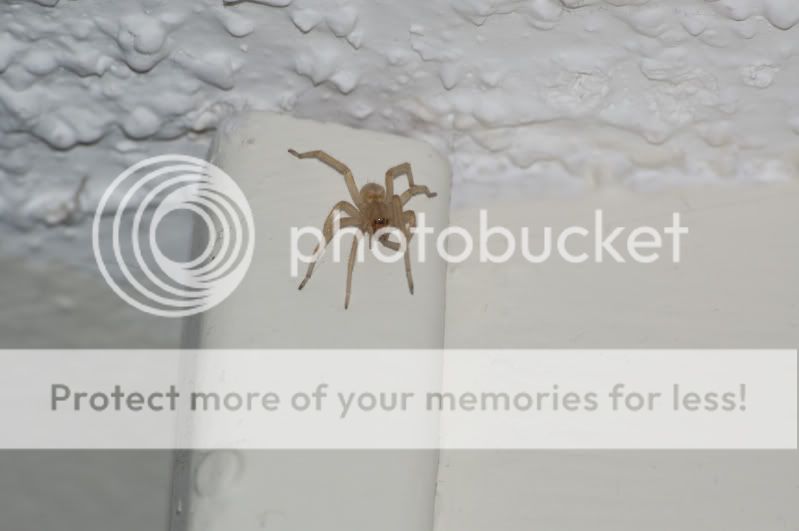adman_glazer
TPF Noob!
- Joined
- Mar 7, 2009
- Messages
- 35
- Reaction score
- 0
- Location
- St. Thomas, Ontario
- Can others edit my Photos
- Photos OK to edit
Hello,
Here is my first attempt at macro. It is a common spider that is about the size of a dime. I happened to catch this guy inside the house because of how cool it is this morning. Unfortunatly it is on a white background because it is in the corner of a wall and ceiling.

Here is my first attempt at macro. It is a common spider that is about the size of a dime. I happened to catch this guy inside the house because of how cool it is this morning. Unfortunatly it is on a white background because it is in the corner of a wall and ceiling.











![[No title]](/data/xfmg/thumbnail/37/37103-871e5d39d6f585e3019a4e25eb2ee935.jpg?1734169829)
![[No title]](/data/xfmg/thumbnail/32/32984-d9969dc997f82365b4d1f097cb5838c3.jpg?1734162939)


